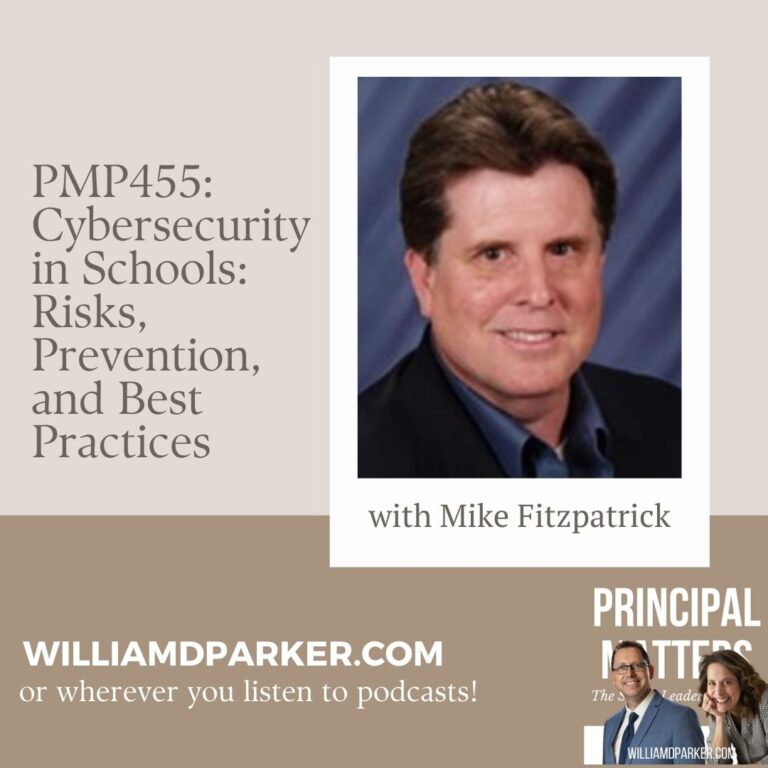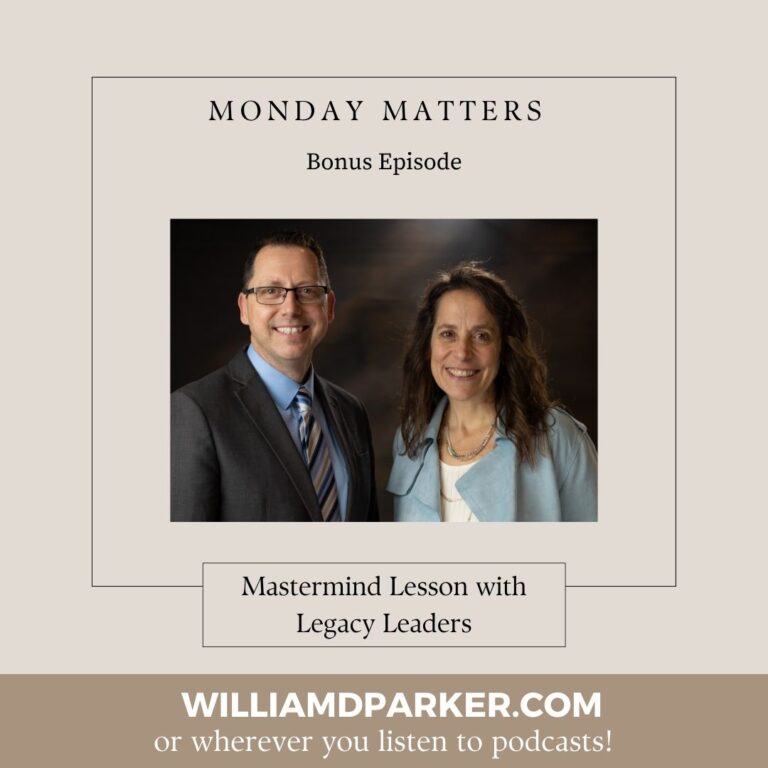I know a lot of people who love Chick-fil-A because of the quality of their food and service.
If you’ve eaten there, you know how friendly they are to customers, you’ve seen the fresh flowers on the tables, and you know how much better their chicken tastes than other fast food options.
As a school leader, it is easy to forget how lessons in marketing, public relations, or customer service also improve school climates. A couple of weeks ago, our district leadership team sat down with a Public Relations consultant, Jeremy C. Burton, who manages PR at Oral Roberts University in Tulsa, Oklahoma.
ORU has seen an upward surge in enrollment, ehancements, and development over the past few years, and positive PR has been played an important role for promoting their brand. I wanted to pass along four points Burton made in his talk and add some of my own comments along the way.
4 Tips for Using PR to Manage Public Perception
1. Making good decisions is the bedrock of good PR.
Burton explained, “Don’t underestimate the negative power of bad decision.”
No matter the size of your school community or the amount of resources you can dedicate to PR, every good public relations outreach begins with the decisions you make on a daily basis.
On example of this came during graduation this year. We had a lot of media attention for honoring an alumnus who served in World War II and had never received his diploma. We did not ask for the positive PR, but we received kudos messages and emails from states away. The good decision on part of our district to give honor where it was due brought us honor in the process.
2. Contextualize your decisions.
Burton: “Giving context helps people understand the why when you do so in a clear and compassionate way… Including your public in the process is even better b/c you build advocates for your position.”
One of my favorite analogies is the one-side-of-the-moon example. No matter how much you look at the moon, you can only see the one side visible to the earth. You may understand the reasons behind a complicated decision but others may not be privy to the details surrounding your choices. When it is possible to share the context, you build stronger consensus.
For example, when our school district passed its last bond issue in 2012, our superintendent held multiple community meetings to seek input from employees, patrons, and parents on priorities for upcoming growth. The final decisions were shared decisions that allowed community buy-in and support long before the issues were voted on.
3. Communicating with honor is important.
During a school crisis or emergency, it is important to know who needs to be prioritized in contact and feedback.
Burton shared an example from a crisis at their university with a student death that involved an off-campus homicide. In that scenario, they prioritized contacts with parents, board members, admins, people closest to victim, and faculty. Then they shared condolences via social media.
Who is your priority audience? Depending on the scenario, consider how you honor them through your contacts.
4. Embrace social media outlets, but don’t throw the baby out with the bath water.
As Burton puts it, “News media outlets thrive because we all want to know first.”
Learn how to utilize social media effectively. At the same time, don’t forget to use traditional forms of PR as well, including press releases, newsletters, word-of-mouth, or whatever ways have worked for you before.
When it comes to new ways of communicating, the most popular social media outlets are still Facebook, Twitter, Instagram, LinkedIn, GooglePlus. Students are using Instragram, so consider their go-to sources too.
Conclusion
Schools can be complicated organizations with lots of moving parts. Although we may not be providing merchandise that people line up at the door to purchase, we are still serving something of value everyday: education. And we can still be about the business of promoting positive messages by making good decisions, contextualizing, communicating with honor, and embracing social media as well as traditional outlets.
For more information on communicating effectively about positive messages from your school, check out my previous posts, 6 Tips for Setting Up School Email Campaigns and 10 Ways to Communicate About Your School.
Now It’s Your Turn
What are some ways you have learned to promote positive communications from your school? Share some of those lessons with all of us!
Sign-Up For Free Updates
When you enter your email address here, you will automatically receive my newest posts. Let’s keep learning together!
Principal Matters–The Book!
School leaders are very busy, so each of the twenty-four chapters is designed as a quick-read and followed with take-action questions for follow-up or reflection. If you want practical ideas on understanding your purpose, managing school teams, dealing with challenges, and leading with courage, action, motivation, and teamwork, go HERE to pick up a copy for you or your team.


